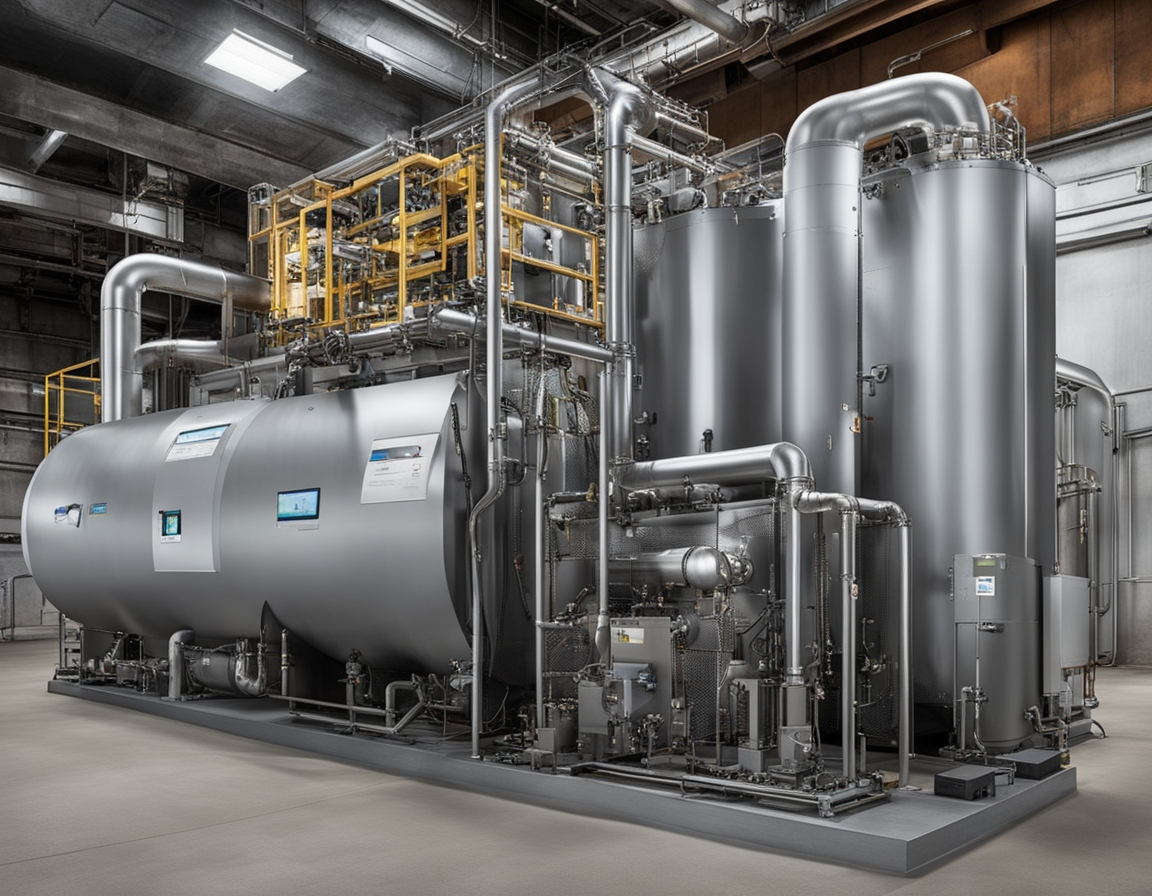
The Future of Cooling: How Vapor Absorption Machines Are Shaping the Global Energy Landscape
Introduction:
As the world grapples with the dual challenges of climate change and energy security, the Vapor Absorption Machine is emerging as a key technology for sustainable cooling and refrigeration. Unlike traditional systems that rely on electricity, the Vapor Absorption Machine operates on thermal energy, making it ideal for applications where waste heat or renewable energy is available. This article explores the global impact of Vapor Absorption Machines, their role in the energy transition, and the future trends shaping their adoption.
Global Energy and Environmental Impact:
Vapor Absorption Machines have the potential to significantly reduce global energy consumption and carbon emissions. By utilizing waste heat and renewable energy, these systems can cut electricity consumption for cooling by 30-50%, depending on the heat source and application. This reduction in energy use translates to a substantial decrease in carbon emissions, with some systems achieving reductions of up to 60% compared to traditional vapor compression systems. Moreover, Vapor Absorption Machines align with global sustainability goals, particularly the United Nations Sustainable Development Goals (SDGs) related to affordable and clean energy (SDG 7) and climate action (SDG 13). Their ability to operate on low-grade heat and natural refrigerants makes them a cornerstone of sustainable cooling solutions.
Role in the Energy Transition:
Vapor Absorption Machines are playing a pivotal role in the global energy transition by integrating seamlessly with renewable energy sources. Solar thermal systems, for instance, can power Vapor Absorption Machines to provide air conditioning and refrigeration without relying on fossil fuels. In regions with unreliable electricity grids, VAMs powered by biomass or geothermal energy offer a decentralized and sustainable cooling solution. Industries are also leveraging Vapor Absorption Machines to decarbonize their operations by recovering waste heat for cooling purposes. For example, steel and cement plants are using VAMs to convert waste heat into cooling capacity, thereby reducing their overall energy consumption and carbon footprint.
Future Trends and Opportunities:
The future of Vapor Absorption Machines is bright, with several trends and opportunities driving their adoption. Governments around the world are introducing policies and incentives to promote the use of Vapor Absorption Machines. Countries like Germany, Japan, and India are offering tax incentives and subsidies to encourage industries and businesses to adopt this technology. Research and development efforts are also underway to enhance the efficiency and affordability of Vapor Absorption Machines. Innovations such as nanofluids, advanced absorbents, and hybrid systems are expected to address current limitations and expand the range of applications for VAMs. Additionally, the global Vapor Absorption Machine market is projected to grow at a compound annual growth rate (CAGR) of 6.5% from 2023 to 2030, driven by increasing demand for sustainable cooling solutions.
Conclusion:
The Vapor Absorption Machine is more than just a technological innovation; it is a critical enabler of the global energy transition. By harnessing waste heat and renewable energy, Vapor Absorption Machines are helping to build a sustainable, low-carbon future. As industries and governments continue to prioritize energy efficiency and environmental sustainability, Vapor Absorption Machines are set to play an increasingly important role in shaping the future of cooling and refrigeration.
Contact Us now to join the revolution!
